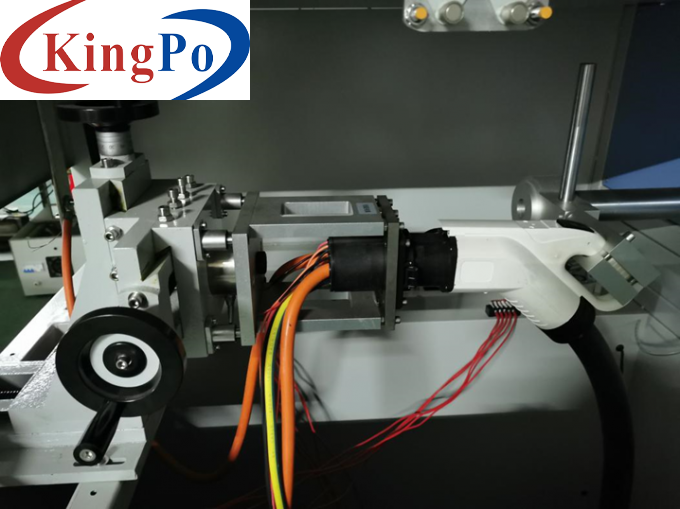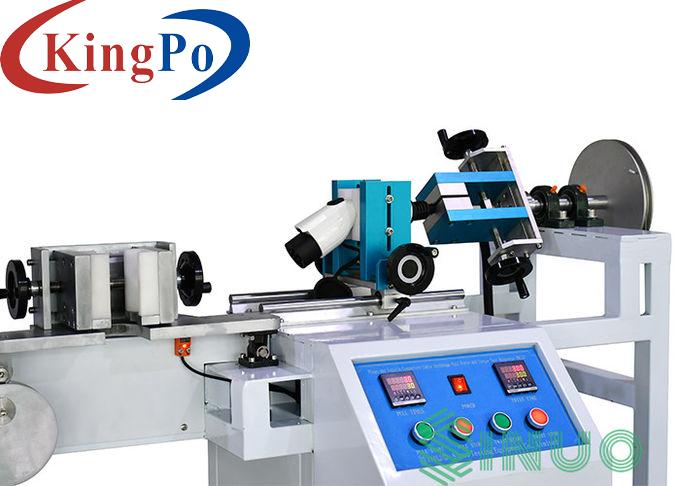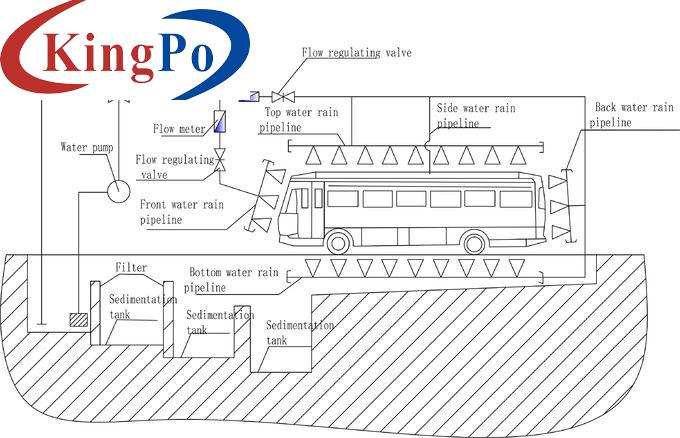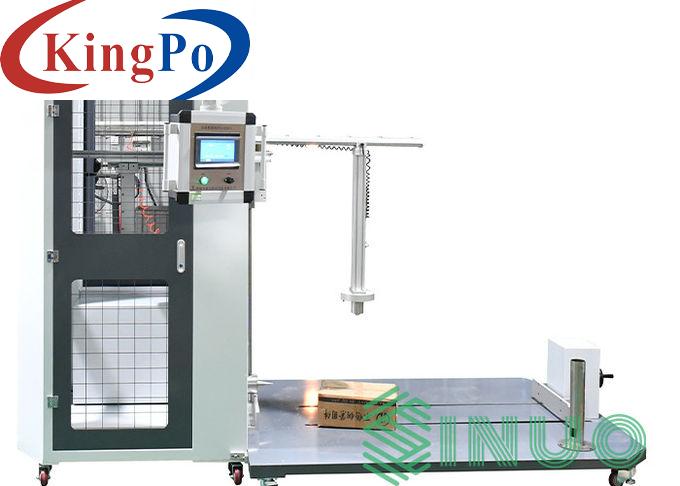Products
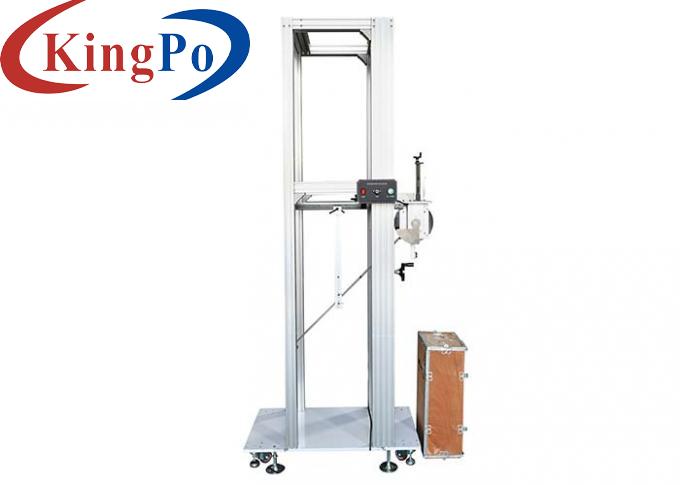
IEC 60068-2-75 Mechanical Strength Pendulum Impact Test Apparatus For EV Charging Piles
Products Description
IEC 60068-2-75 Mechanical Strength Test Pendulum Impact Test Apparatus For EV Charging Piles
Product Information:
Comply with standard EN IEC 61851-1-2019, 12.11 /IEC 61851-1-2017 clause 12.11, IEC60068-2-75:1997, IEC62262:2002, etc. For the mechanical strength test of electric vehicle charging piles for charging vehicles.
Test principle: According to the test Eha: the pendulum, the impact element is freely released at a certain height through a 1-meter pendulum tube, hits the sample at the lowest point in the vertical direction, and through the transformation of gravitational potential energy into kinetic energy, the purpose of impact testing on the sample is achieved.
Structure and features: It adopts a trolley structure, the mounting bracket can be adjusted up and down, and the impact angle can be adjusted to match the height requirements of charging piles of different sizes and different impact points of charging piles.
Structure:
The high-energy pendulum impact test device adopts a trolley structure, can move
around left and right, the height of the upper and lower impact points is adjustable
through the screw guide, the impact angle is adjustable from 0 to 90°.
The striking element is free released at a certain height through a 1 m pendulum tube, impact the specimen at the lowest point in the vertical direction, after the conversion of gravitational potential energy to kinetic energy, to achieve the purpose of impact test on the sample.
Technical Parameters:
Attached table: Table 1 Impact component characteristics
≤1
±10%
2
±5%
5
±5%
10
±5%
20
±5%
50
±5%
Table 2 Drop height
Table 3 Correspondence between IK codes and their corresponding collision energies
Operation method
Electric lifting, electromagnet release
Impact energy
20J (2,5,10,50J energy can be customized)
Impact element equivalent mass
5Kg±1%
Swing pipe
A steel pipe with a length of 1000 mm, an outer diameter of 15.9 mm, and a wall thickness of 1.5 mm
Sample impact height position
Electric adjustable up and down, stroke 200-1200mm, height can be customized
Height of drop
0-500mm, scale display
Impact element fixation and release
Pin type electromagnet fixation and release
Base plate
Thicken load-bearing steel base plate
Way of moving
With support and roller feet, it can be moved to the position of the impact point of the sample
Optional features
Anti-secondary impact function
Attached table
References for impact energy and impact element selection
Energy /J
Equivalent mass ± 2% kg
0.25(0.2)
0.5
1.7
5
5
10
Material
Nylon
Steel
R/mm
10
25
25
50
50
50
D/mm
18.5(20)
35
60
80
100
125
F/mm
6.2(10)
7
10
20
20
25
R/mm
-
-
6
-
10
17
L/mm
Determined according to equivalent mass adjustment, see Appendix A
Energy /J
0.14
0.2
(0.3)
0.35
(0.4)
0.5
0.7
1
2
5
10
20
50
Equivalent mass /kg
0.25
(0.2)
0.25
(0.2)
0.25
(0.2)
(0.2)
0.25
0.25
0.25
0.5
1.7
5
5
10
Drop height ±1%mm
56
(100)
80
(150)
140
(200)
(250)
200
280
400
400
300
200
400
500
Note 1. See Note 3.2.2; Note 2. The energy unit joule (J) in this part is derived from the standard gravitational acceleration (g), and the value of g is rounded to 10m/s².
IK codes
IK00
IK01
IK02
IK03
IK04
IK05
IK06
IK07
IK08
IK09
IK10
Collision energy /J
a
0.14
0.2
0.35
0.5
0.7
1
2
5
10
20
Note 1. If higher collision energy is required, the recommended value is 50J. Note 2. Some national standards use one digit to represent the specified collision energy. In order to avoid confusion with it, the characteristic number is represented by two digits.
According to this standard, it is unprotected



